Costa Rica lies between the Caribbean and Pacific oceans and is in the southern portion of North America.
With a population of just over 5 million, the country is known for its rugged mountains, volcanoes, rainforests, and beaches.
Costa Rica is the world’s Hummingbird capital and it boasts over 500,000 species of animals.
Adventure seekers and outdoor enthusiasts love Costa Rica for its river rafting, hiking, cave tubing, zip lining, and more.
After a day of exploring and activity, visitors can kick back and relax at one of the many 5-star hotels and enjoy some spa time and a great meal.
Taking a trip to this scenic country could be a great experience, but there are many things to consider.
One of them is a crime.
Whenever we travel to foreign countries, it’s vital to check out the crime rate, and which cities and areas may not be the safest.
According to the U.S. embassy, crime is on the rise in Costa Rica, and American citizens are often the target.
While most of the crimes are petty in nature, such as pickpocketing and scams, there are increasing incidents of armed robberies, murder, and sexual assault.
Residents of Costa Rica are faced with larger problems, as drug trafficking has become a major problem for this once-peaceful country that has managed to escape the clutches of cartels.
In 2022, Costa Rica saw 656 murders, most of them drug-related.
If you’re considering going on vacation here, read this list of dangerous cities you may want to avoid.
Contents
10 Most Dangerous Cities In Costa Rica
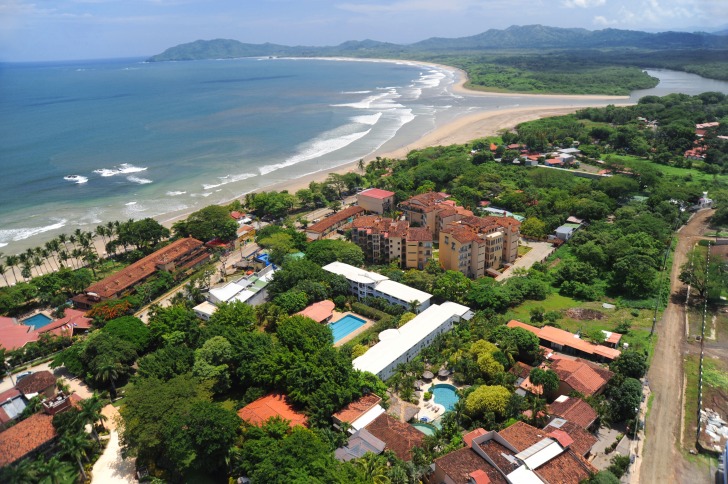
10. Tamarindo, Costa Rica
With a population of 6,400, Tamarindo is known for its beaches, surfing, and wildlife.
Visitors to this seaside town can visit great restaurants, horseback rides, and even golf.
The crime rate in this city is 60 per 100,000 people.
Most of the crimes reported are normal from vacation towns.
Pickpocketing, muggings, car thefts, and drug use are commonly reported.
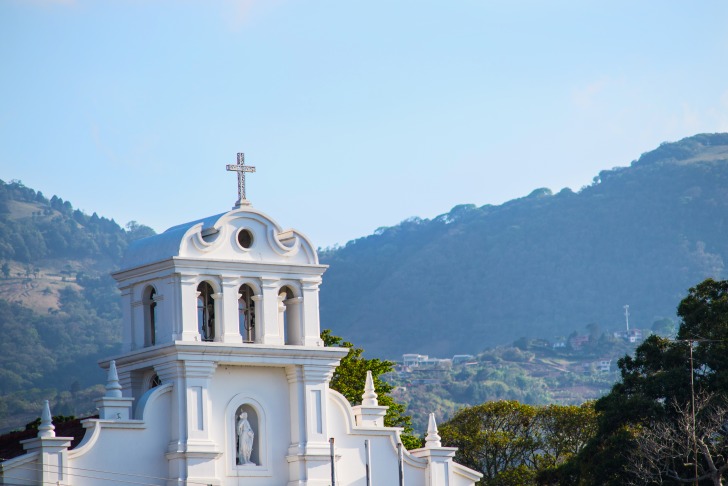
9. San Rafael, Costa Rica
Known for its lush hills and large farms, it’s a good town to visit if you’re trying to escape the hustle and bustle of larger Costa Rican cities.
But, you must be on the lookout when driving there.
Many criminals will hover near roadsides, waiting to rob unsuspecting motorists.
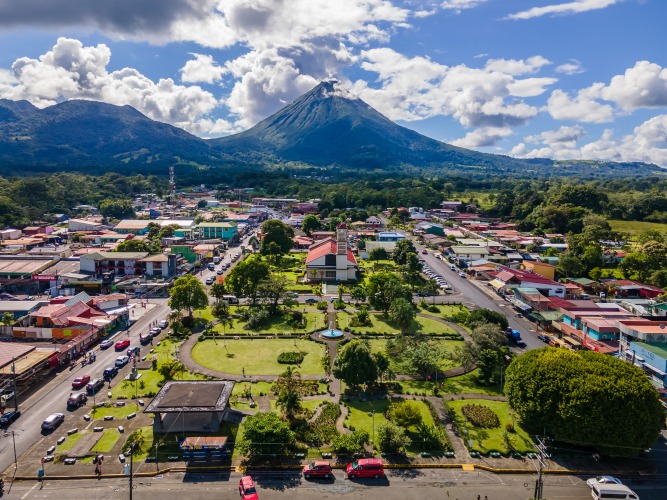
8. San Carlos, Costa Rica
If you’re looking to get an authentic and natural Costa Tican experience, San Carlos is worth a try.
Get to see the rainforest, the country’s largest active volcano, and waterfalls that are over 230 high.
You can stay in one of the rustic retreats, soak in the hot springs, zip line, and river raft.
As for crime, tourists can be subjected to pickpockets, thefts, and having things stolen from their cars.
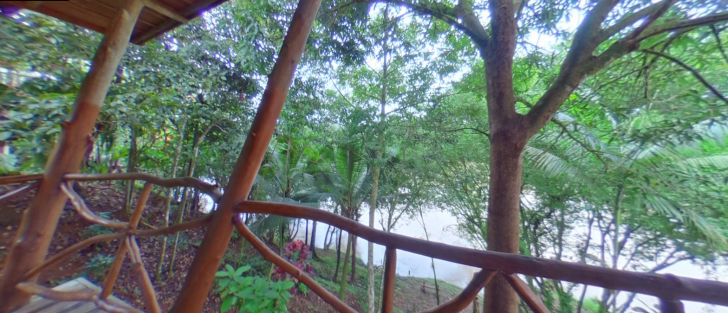
7. Santa Ritade Alajuela, Costa Rica
This small province outside of San Jose has a population of only 1,446.
Though there are many nature-based attractions, like an African Safari Park and an eco-village, it’s also nicknamed “El Infiernillo” or “the little hell”.
This is because of the violence that occurs between rival drug gangs.
It’s the area’s main point for selling cocaine.
Visitors to the area have been exposed to and often caught up in the violence by becoming victims of robbery and assault.
Travel sites have basically said, there is no real reason to visit this town.
It’s not worth the risk.
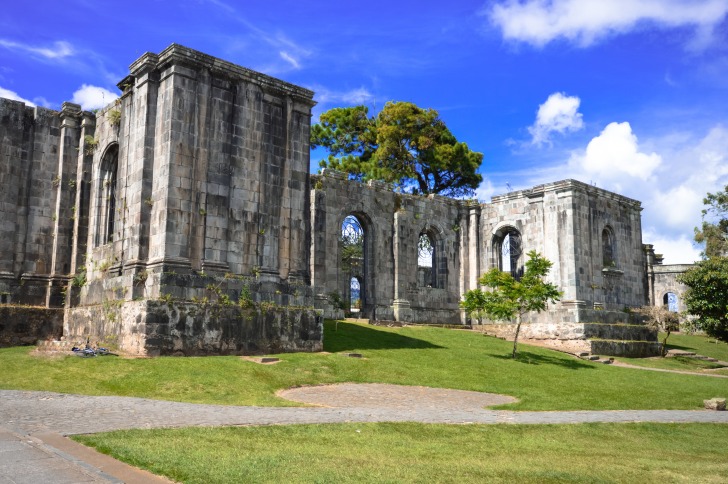
6. Cartago, Costa Rica
Cartago is located just outside of the Costa Rican capital of San Jose.
Visitors can find the lush rainforests of the region on the outskirts of the town.
Some popular attractions in Cartago include the Black Madonna shrine, Santiago Parish ruins, and the botanical gardens.
In the center of town, you’ll be greeted by friendly locals and a great central market.
Be careful while at the market.
Pickpockets and scammers often target tourists.
There’s also a large number of car thefts, so be sure to secure your vehicle.
The overall level of crime in the city is 59.7 per 100,000 people.
Think twice about going out after dark, as armed robberies and assaults are known to occur, as well as drug dealing and use.

5. Quepos, Costa Rica
Though the town is small, with a year-round population of 19,850, there is still quite a bit of crime in Quepos.
This town is located on the Pacific coast of Costa Rica and is an entry point to Manuel Antonio National Park.
It’s a popular spot for tourists, and therefore, a popular spot for criminals.
Many robberies occur along the road leading to the park, as well as inside.
Be careful when driving, don’t stop to change flats, or really for any reason.
In the main part of town, the marina is the main attraction, you can choose from a few restaurants and check out the million-dollar boats that are docked.
Use extreme caution after dark, as some unsavory people start roaming the streets.
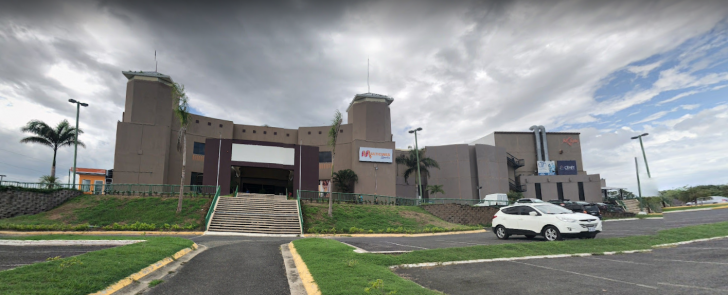
4. Liberia, Costa Rica
Located in northern Costa Rica, with a population of 55,000, Liberia is known for its public beaches and tropical temperatures.
They have the best restaurants and lodgings in the area.
Unfortunately, public beaches in this area are a hotbed of petty crime like theft, car break-ins, and pickpocketing.
It’s not uncommon for armed robberies to take place in this area as well.
The overall crime rate is 93 per 100,000 people.
There are many protests and other civil unrest in Liberia, so the police are not always able to patrol or even respond when they’re called for minor crimes.

3. Puntarenas, Costa Rica
Puntarenas is a port city with a population of 134,000 people.
It’s known for its large cultural center that contains a theater and art gallery.
The coastal town also boasts an aquarium, wildlife rescue center, nature walks, and a beach right in the middle of the town.
This sounds like a dream for tourists, but the crime level is 58.3 per 100,000 people.
Most crimes involve muggings, theft, being verbally harassed, and drug dealing.
Use common sense when visiting.
Stay in groups, don’t leave valuables unattended, and don’t flash your stuff.
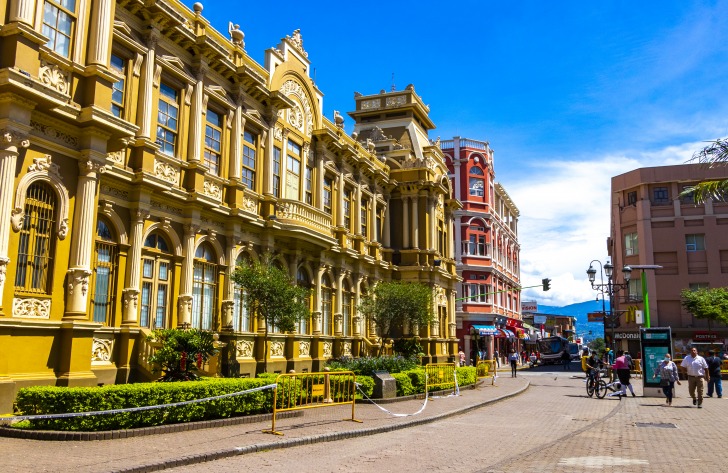
2. San Jose, Costa Rica
San Jose is the capital of Costa Rica and has a population of 339,500.
It’s considered a cultural and social center, with museums, hotels, theaters, parks, and restaurants.
It’s in the central part of the country, so it makes a great base.
The overall level of crime is 63.9 crimes per 100,000 people.
Most crimes reported by visitors and residents are muggings, pickpockets, car theft, and simple assault.
There is also a lot of drug use and dealing around the city.
Be careful going out at night, and steer clear of the neighborhoods outside of town.

1. Limon, Costa Rica
Limon is a port city, and is the 7th largest in Costa Rica, with a population of 94,000.
They are home to a large national park and rainforest land with many rare animals and plant life.
While the town is small, visitors should take care walking around.
Thieves look for tourists with their guard down.
Last year, there were 62 homicides per 100,000 people in the city, 5 times the national average.
The drug cartels use the port and local warehouses to transport cocaine out of the country.
Often, violence erupts over turf.
In 2022, a cartel leader was gunned down in Limon while taking his daughter to school.
5 Safety Tips For Traveling To Costa Rica
- Familiarize yourself with some of the common scams in the area before going. Local folks are pretty friendly, you can ask them what to look out for as well.
- Use only licensed taxis. In Costa Rica, they are usually red and have yellow triangles with numbers in them.
- Use common sense. Don’t go out alone. Don’t carry a lot of cash or wear a lot of flashy jewelry. Stay off your phone.
- Stay away from tourist attractions at night. What’s nice during the day can turn seedy in the dark.
- Don’t try to break up disputes. If you think someone needs help, call the police. It could be a scam setup. Even if it’s not, don’t open yourself up to issues in a foreign country.
Costa Rica Safety Overview
READ THE FULL REPORT: Costa Rica Safety Review
Safety Index: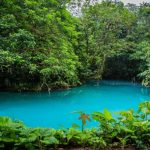
- OVERALL RISK: MEDIUM
- TRANSPORT & TAXIS RISK: MEDIUM
- PICKPOCKETS RISK: HIGH
- NATURAL DISASTERS RISK: MEDIUM
- MUGGING RISK: MEDIUM
- TERRORISM RISK: MEDIUM
- SCAMS RISK: HIGH
- WOMEN TRAVELERS RISK: MEDIUM
Frequently Asked Questions
Do I need an international driver's license to drive in Costa Rica?
As long as you have a valid driver’s license, you can legally drive for up to 3 months.
What is the currency in Costa Rica?
The colon.
However, the US dollar and credit cards are also accepted.
Can I drink tap water in Costa Rica?
The water is drinkable, but it may taste or even smell funny to foreigners, especially if you’re in a coastal town.
Try to bring a filtered water bottle with you.
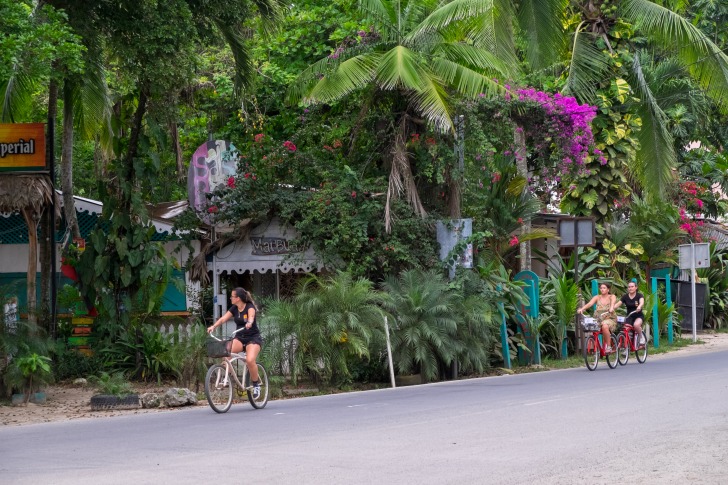
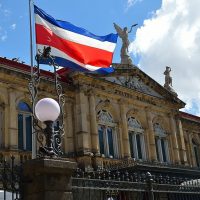
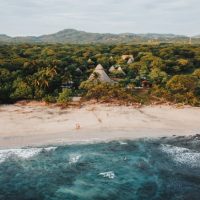


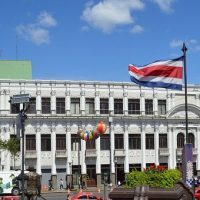
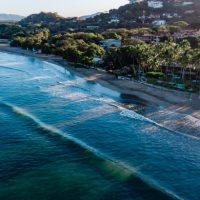





Two places where I was robbed that you didn’t mention were at home and from my luggage from the trunk of a taxi pirata (unregistered taxi). Another problem was workers who said they had the
skill to do a job, when clearly they didn’t. They just badly needed the money, so exaggerated their
skills and experience a bit. I think that costa ricans think that expats are rich so it is ok to
exploit them. All that said, the majority of costa ricans are friendly, very helpful, respectful, and trustworthy.
My tico neighbors were always looking out for me. Lovely people!
Are you still in Costa Rica? Did the taxi guy just collect and run..and steal your luggage or how is it that the taxi pirata get away with the theft…thanks for shairng
This article is nonsense. These cities aren’t dangerous. Crime occurs everywhere and in every country. Costa Rica is a safe, beautiful place. I have lived here for 15 years as an American ex-pat and have never been the victim of, or a witness to a crime. When crime occurs here it makes the news cause it is the exception not the norm. It’s laughable when Americans ask me if Costa Rica is safe when they live if a country where you take your life or your childrens lives in your hands by going to a theater, a church, a synagogue, a walmart, your place of work or a school. There is no standing army here and strict gun control.
Just came back from Limon. It ‘s great if you like garbage piled to your knees, steel bars on every window and door, scammers everywhere.